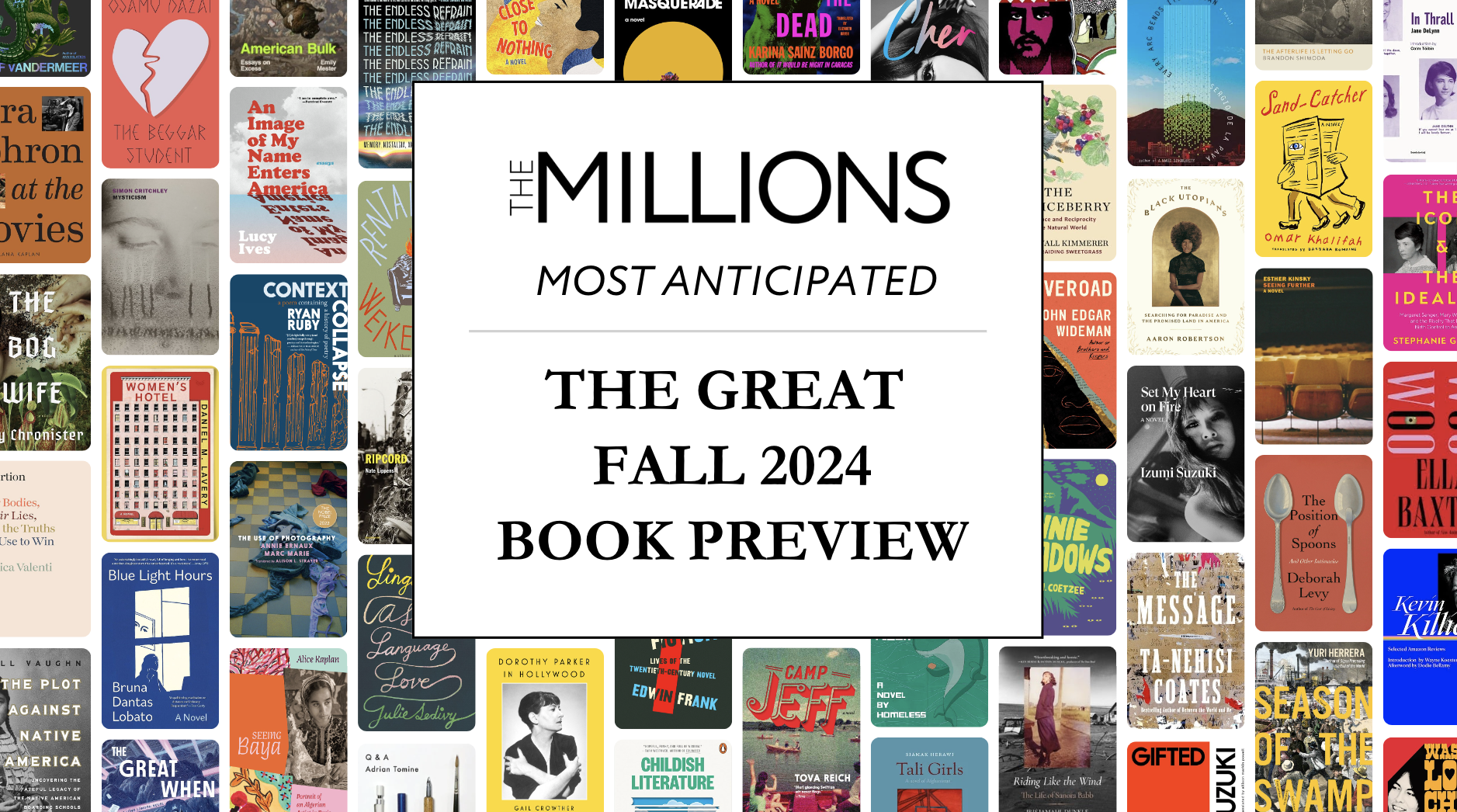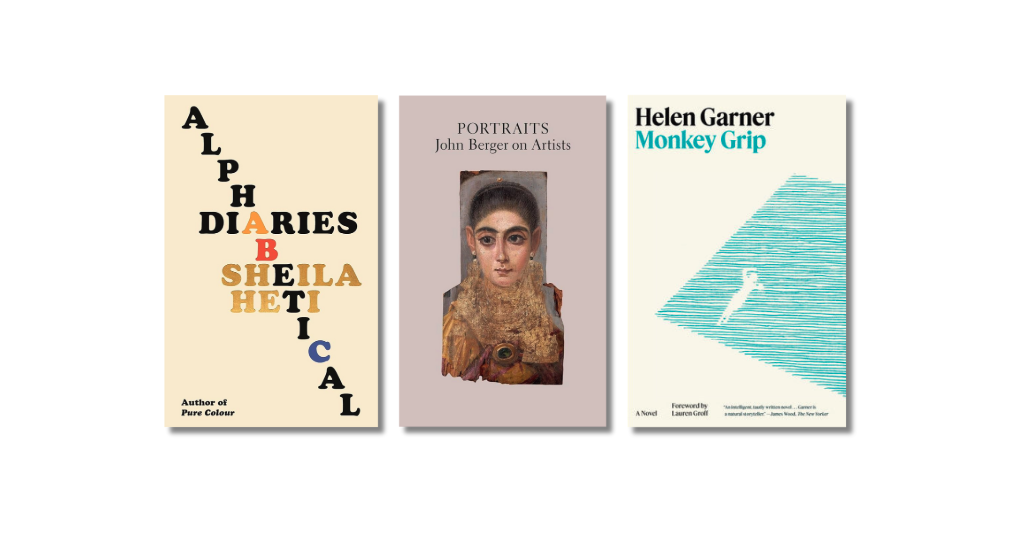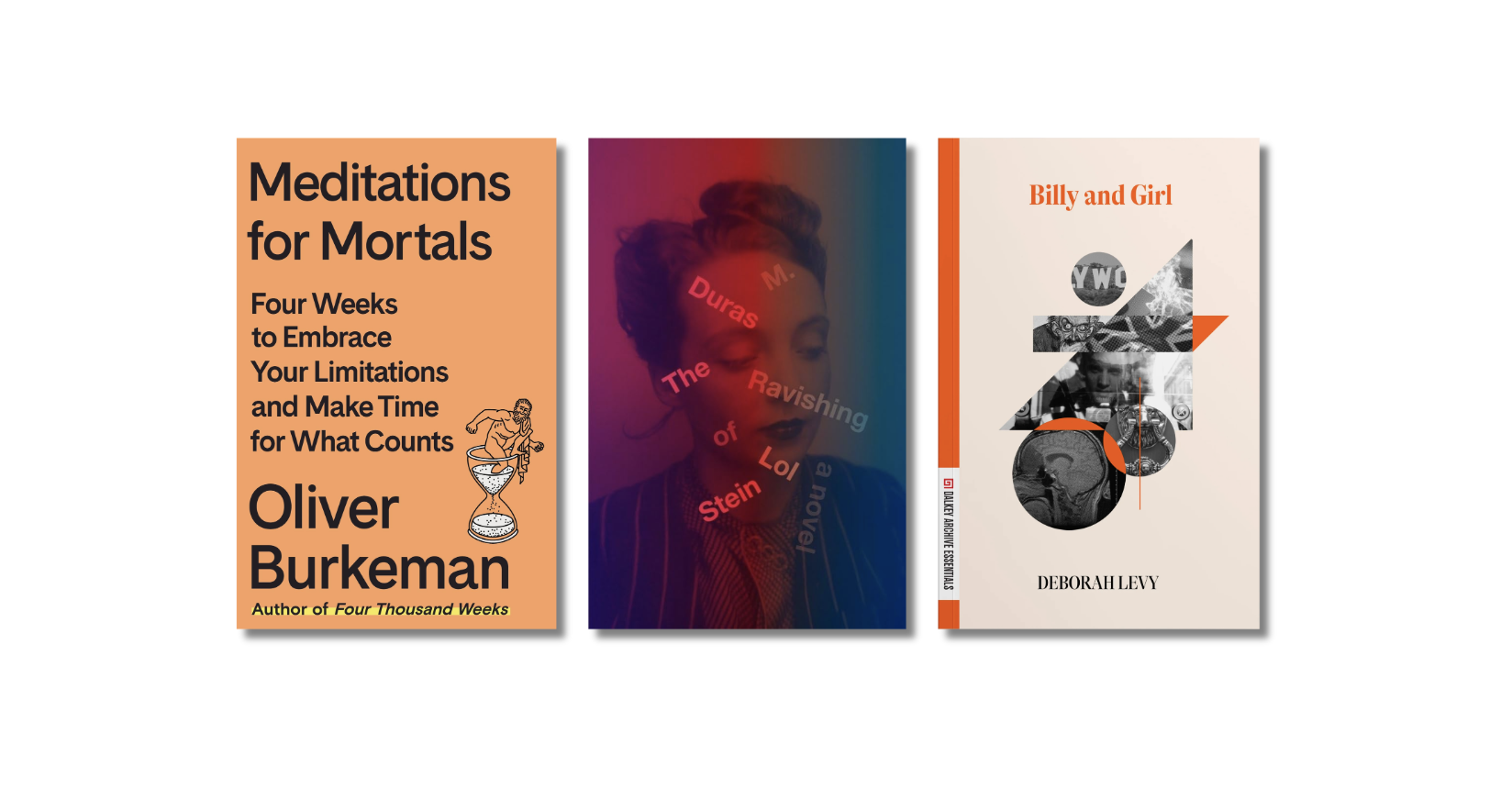 Amazon is teaming with Penguin Classics to do a book club that will be hosted on a new blog at the site. The club will read books from the vast Penguin Classics catalog. Two cool things about this: 1. Penguin found the host of the book club, Kathryn Gursky, from a review she wrote of The Penguin Classics Library Complete Collection — yes, she actually owns it — and 2. she picked a fairly obscure book, Fifth Business by Robertson Davies, rather than an obvious Oprah-style pick. (via)
Amazon is teaming with Penguin Classics to do a book club that will be hosted on a new blog at the site. The club will read books from the vast Penguin Classics catalog. Two cool things about this: 1. Penguin found the host of the book club, Kathryn Gursky, from a review she wrote of The Penguin Classics Library Complete Collection — yes, she actually owns it — and 2. she picked a fairly obscure book, Fifth Business by Robertson Davies, rather than an obvious Oprah-style pick. (via)









